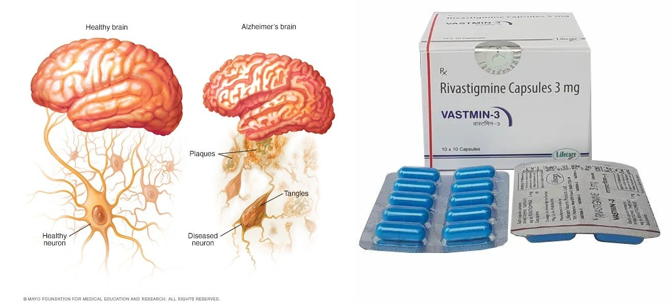Which nursing action had the highest priority when administering a dose of codeine with acetaminophen to a client?
Advice the client that the medication should start to work in about 30 minutes.
Administer a stool softener/laxative at the same time as the analgesic.
Instruct the client to request assistance when ambulating to the bathroom.
Tell the client to notify the nurse if the pain is not relieved.
The Correct Answer is C
The correct answer is C. Instruct the client to request assistance when ambulating to the bathroom.
Choice A reason:
Advise the client that the medication should start to work in about 30 minutes.
While it is important to inform the client about the onset of action of the medication, this is not the highest priority. Codeine, an opioid, can cause dizziness and sedation, which increases the risk of falls. Therefore, safety measures take precedence over informing the client about the medication’s onset time.
Choice B reason:
Administer a stool softener/laxative at the same time as the analgesic.
Opioids like codeine can cause constipation, so administering a stool softener or laxative is a good practice. However, this action is not the highest priority when considering the immediate safety of the client. Ensuring the client’s safety from potential falls due to dizziness or sedation is more urgent.
Choice C reason:
Instruct the client to request assistance when ambulating to the bathroom.
This is the correct answer because codeine can cause dizziness, sedation, and orthostatic hypotension, increasing the risk of falls. Ensuring the client requests assistance when moving can prevent potential injuries, making it the highest priority nursing action.
Choice D reason:
Tell the client to notify the nurse if the pain is not relieved.
While it is important for the client to communicate about the effectiveness of pain relief, this is not the highest priority. The immediate concern is the client’s safety due to the sedative effects of codeine. Therefore, preventing falls and injuries takes precedence.
Nursing Test Bank
Naxlex Comprehensive Predictor Exams
Related Questions
Correct Answer is D
Explanation
A total calcium level of 14 mg/dL (3.5 mmol/L) is higher than the normal range of 2.2 to 2.6 millimoles per liter (mmol/L)1. Calcitriol and calcium carbonate are both medications used to increase calcium levels in the blood2. Since the client’s calcium level is already high, it would be important for the nurse to hold both medications and contact the healthcare provider for further instructions.

Correct Answer is A
Explanation
The nurse should explain to the client's daughter that Rivastigmine is most effective when used early during Alzheimer's disease. Delaying the use of the medication until the symptoms are no longer manageable may result in the drug being less effective.
The nurse should emphasize the importance of following the healthcare provider's instructions for administering the medication to maximize its therapeutic effect. It is important to educate the client's daughter about the progressive nature of Alzheimer's disease and the need for ongoing monitoring and care.

Whether you are a student looking to ace your exams or a practicing nurse seeking to enhance your expertise , our nursing education contents will empower you with the confidence and competence to make a difference in the lives of patients and become a respected leader in the healthcare field.
Visit Naxlex, invest in your future and unlock endless possibilities with our unparalleled nursing education contents today
Report Wrong Answer on the Current Question
Do you disagree with the answer? If yes, what is your expected answer? Explain.
Kindly be descriptive with the issue you are facing.
